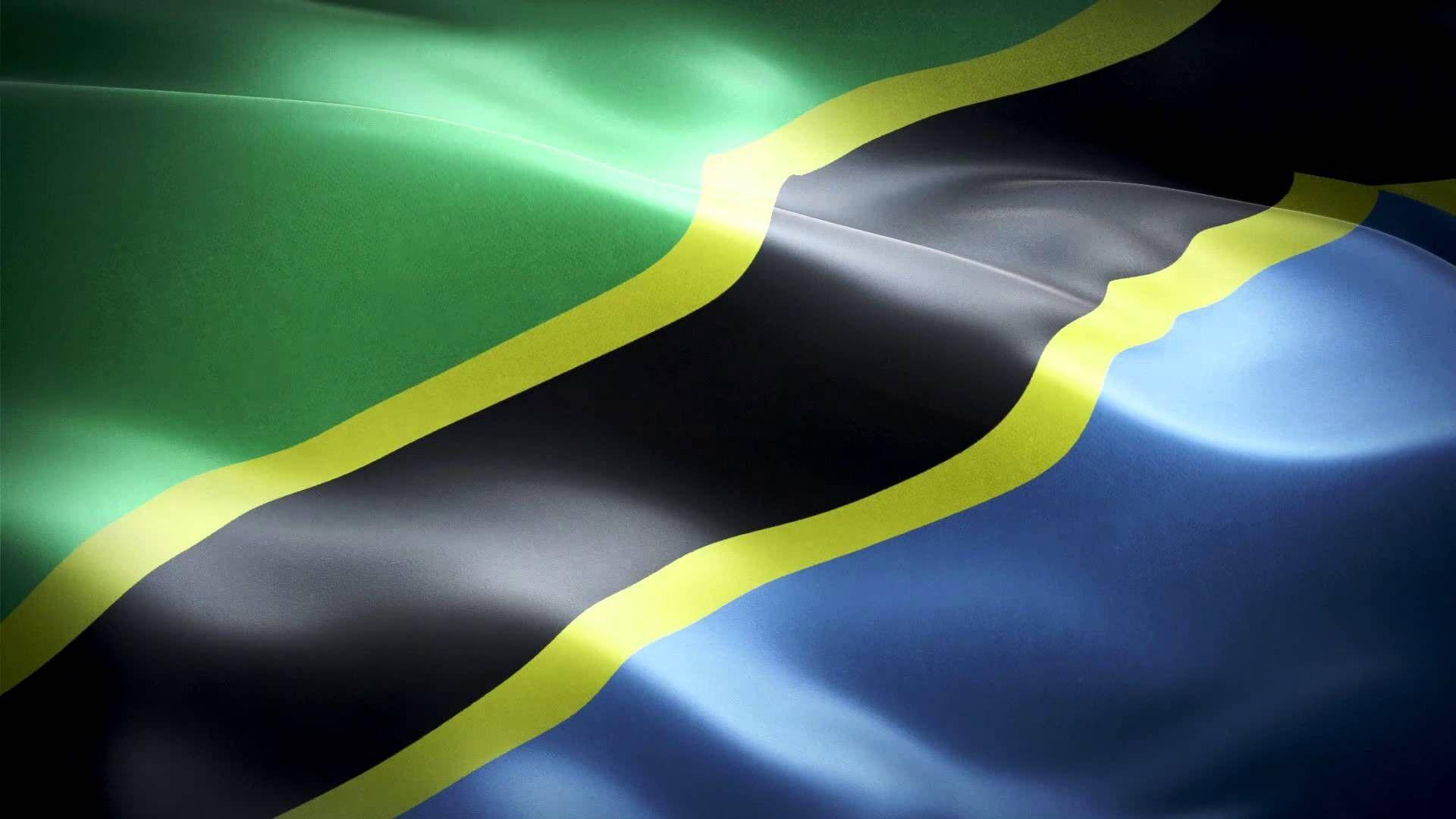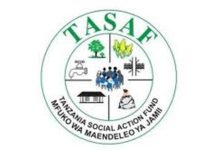Africa-Press – Tanzania. TANZANIA enjoys a relatively low level of both internal and external overall debt distress.
According to an East African Debt Profile presented here last week, the East African nation is eligible to borrow, thanks to its low level of distress.
“Tanzania can still apply for other loans as it has met the required threshold,” opined Mr Hebron Mwakagenda, the Executive Director of the Tanzania Coalition on Debt and Development (TCDD).
This means that Tanzania’s debt servicing cost to export ratio has not crossed the IMF and World Bank-recommended threshold of 21 percent, implying that the country’s debt sustainability in the short and long-term run is not off track.
On average, the total government debt in East Africa was estimated at 72.5 per cent of the region’s Gross Domestic Product (GDP) in 2021, increasing from 61 per cent in 2020.
Except for Tanzania, governments’ debts are projected to increase in all East African countries in comparison to 2021.
For instance, Kenya leads the region with the high level debt distress, followed by Rwanda and Uganda, according to Mr Mwakagenda.
A regional Public Finance Management Specialist Wanjohi Ndirangu warned that EAC partner states may not achieve their development agenda if such trends aren’t addressed.
“There’s a big difference between economic growth rate and debt growth rate,” he observed.
On his part, East African Budget Network (EABN) Coordinator Julius Kapwepwe assured that they were closely working with some of the partner states to ensure a smooth implementation of development projects.
EABN is a Civil Society platform that influences for prudent fiscal policy, monetary policy and budget accountability that advance economic integration of the EAC.
It was formally established in Arusha- Tanzania in March 2019 by ten Civil Society Organisations from the six EAC partner states of Rwanda, Burundi, Tanzania, Kenya, South Sudan and Uganda.
This was in response to a gap of limited or no citizens’ ownership and participation in the inter-territorial monetary and fiscal policies, plus the broader influencing of public finance management beyond the Government bureaucrats (Technocrats and Politicians).
In June this year, Finance and Planning Minister Dr Mwigulu Nchemba told the Parliament that Tanzania’s national debt reached 60.9tri/- as of April 2021.
Explaining, he said that out of these, the external debt stood at 43.7tri/- and the domestic debt at 17.3tri/-, which mainly was due to the receipt of loan funds to finance development projects.
He, however, said the national debt was still be sustainable for short, medium, and long term, basing on all internationally accepted debt sustainability indicators.
In this case, low-income countries (LICs) have often struggled with large external debts and seeing the IMF and the World Bank developing a framework to help guide countries and donors in mobilizing the financing of LICs’ development needs, while reducing the chances of an excessive build-up of debt in the future.
Commenting, the President of Tanzania Association of Accountants (TAA), Godvictor Lyimo said: “On the debt service, the government is cautious and optimistic on sustainability, especially on our dependence on the key sectors of the economy. For instance, the tourism sector which before Covid-19 contributed over 1 billion US Dollars has been mostly hit by the global pandemic and is just bouncing back, the same to transport, logistics and distribution sectors and all these are key in us being able to sustain the debt servicing.
“In terms of general view of where we are, I think we are going through several policy adjustments amid the new leadership and the global pandemic. We have just received a loan of 1 billion US Dollars from IMF and we are on a vaccination drive, which aims at enabling us to comfortably open up the key economic sectors. With the new leadership under President Samia Suluhu Hassan, there is definitely a great hope of revamping the economy and growth.”







